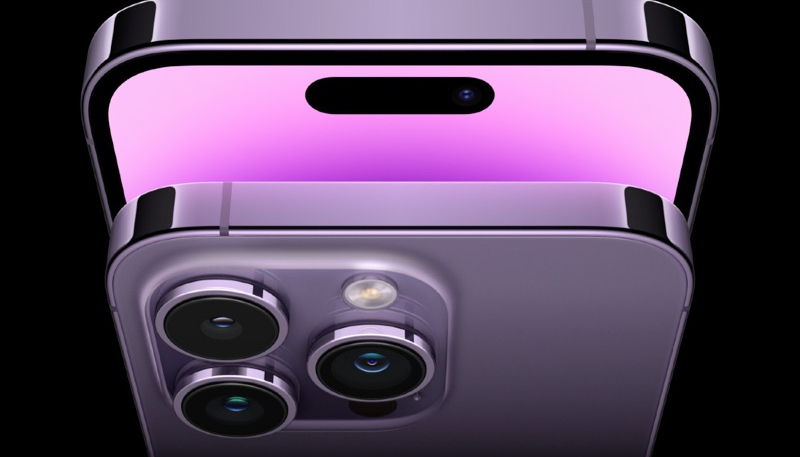Apple will debut its new iPhone 15 lineup in September, triggering the usual rash of pre-orders in the next week, as well as a flurry of sales during the upcoming holiday shopping season. A new LendingTree study shows that iPhone users are more likely to purchase a new iPhone than Samsung users are to purchase the latest Android goodness from the South Korean company.
iPhone users are more than twice as likely to get a new phone when the latest version is released, at 9% versus 4%. Meanwhile, Samsung users are more likely to wait until their current phone breaks, at 35% versus 24%.
iPhone users are also more likely to upgrade to the latest model than Samsung users, with 50% of iPhone users saying they’ll pay out of pocket for their new iPhone, compared to 43% of Samsung users. When it comes to how they’ll both pay for the latest smartphone hotness Samsung users are most likely to pay in full for a new phone with a debit card (38%), while Apple users are more likely to finance their phone through a payment plan (34%).
Both camps are willing to consider a change to the other side. Samsung users are more likely to consider switching manufacturers (61% versus 52%), while iPhone users are more than twice as likely to get a new phone when the latest version is released (9% versus 4%).
53% of those surveyed were iPhone users, while 29% used a Samsung device.
Overall, many users are willing to pay out of pocket for new tech. Almost half (45%) of Americans would pay out of pocket for a new version of their smartphone — even if their current phones were in good condition. Six-figure earners (66%), adults with children younger than 18 (66%), millennials (62%), and men (52%) lead the charge here. Among those who would pay out of pocket, 30% say they’d finance this purchase through a payment plan.
Just over a quarter (26%) of Americans have taken on an average of $1,492 in debt to purchase new tech products.
LendingTree chief credit analyst Matt Schulz says that willingness to take on new debt to have the latest tech is likely due to our reliance on technology.
“The truth is that technology has become an indispensable — yet expensive — part of our lives,” he says. “That was true long before inflation became an issue in this country, and that’s certainly still true today. Not to mention, most Americans’ financial wiggle room is tiny. An unexpected $500 expense is a big deal for many people. It often just becomes debt. However, when you need a new phone, the cost often goes way beyond that. Worse, you may not even see the need coming. Accidents can happen, turning a perfectly good phone into a brick in a moment.”
When asked which items fueled the debt, respondents said:
- Phones (69%)
- Computers (41%)
- Smartwatches (27%)
- Gaming consoles/accessories (21%)
- Wearable technology, like Fitbits or Oura Rings (15%)
- Cameras (11%)
- Tech accessories, like chargers or protective cases (10%)
- Home automation systems, like Google Nest or Amazon Echo (10%)
- Audio/visual equipment (7%)
- Appliances (7%)
All of that overspending does lead to remorse on the buyers’ part, with 41% of Americans experiencing regret from spending more than they could afford on technology. Younger generations are much more likely to bemoan overspending: While 56% of Gen Zers and 46% of millennials say they regret shelling out more than they could afford, 39% of Gen Xers and 25% of baby boomers agreed.
Those earning between $75,000 and $99,999 (46%) were the most likely to regret overspending, while those earning less than $35,000 (38%) were the least likely. Buyers with children under 18 (50%) were significantly more likely to regret overspending than those without children (38%) and those with adult children (30%).


